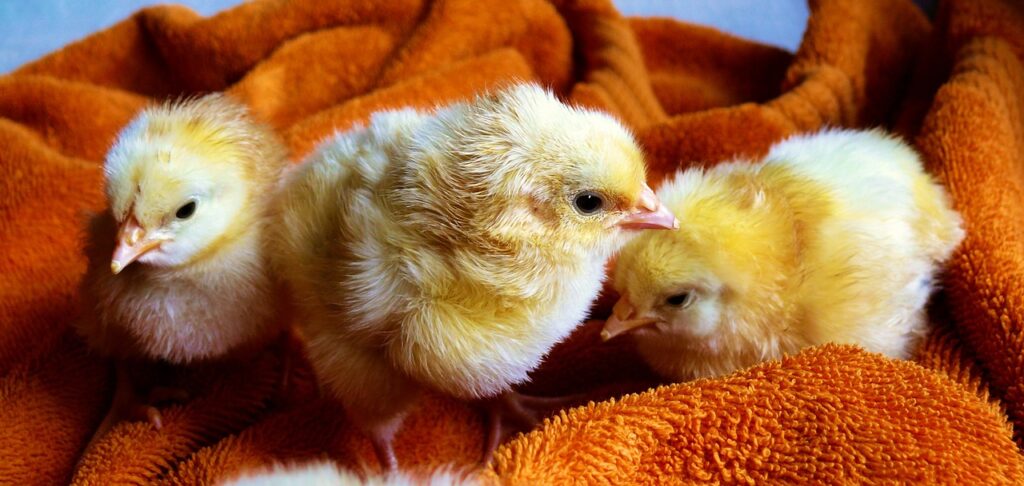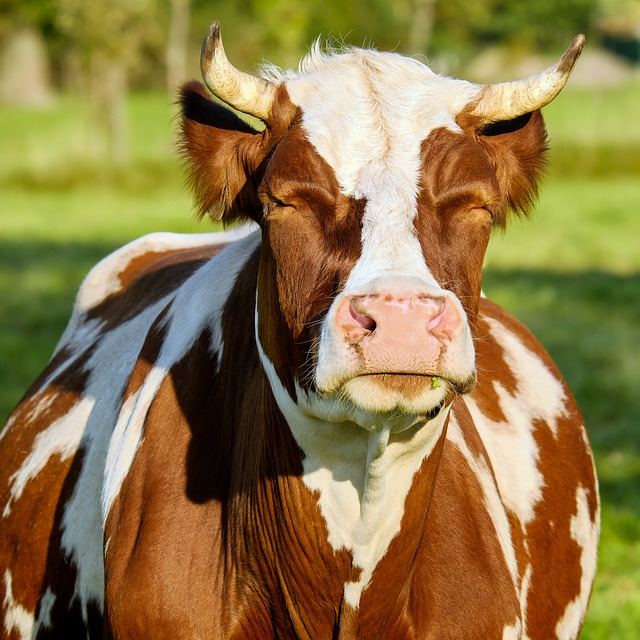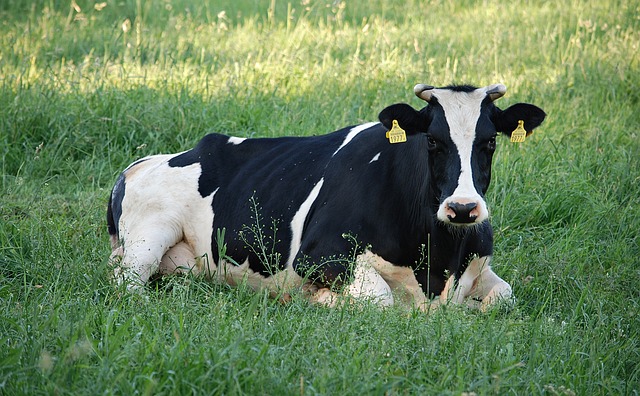Temperature is one of the most critical factors in the early life of chicks. Since young chicks lack feathers that act as insulators, they cannot regulate their body temperature. Maintaining the correct brooder temperature is essential for their survival and healthy development. The need for artificial heat decreases as chicks grow and develop feathers, with specific temperature requirements varying depending on whether the chicks are layers, broilers, or breeders. Breeder chicks typically require slightly higher temperatures compared to layers and broilers.
Behavioral Signs of Temperature Issues
Chick behavior is an excellent indicator of whether the brooder temperature is optimal:
- Too Cold: Chicks will huddle together around the heat source, indicating the temperature is too low.
- Too Hot: Chicks will spread out and sit near the walls, avoiding the heat source.
- Drafty Area: If chicks gather in one spot near the chick guard, it suggests exposure to a direct draft.
Monitoring chick behavior ensures the temperature is adjusted as needed to keep them comfortable and healthy.
Age-Wise Temperature Requirements
The optimal temperature decreases with age:
- First week: 35°C (95°F)
- Second week: 32°C (90°F)
- Third week: 30°C (86°F)
- Fourth week: 28°C (82°F)
Using a thermometer and observing chick behavior helps ensure the correct temperature is maintained throughout the brooding period.
Effects of High Temperature
Excessive heat can have several negative effects on chicks:
- Dehydration and increased water intake.
- Reduced feed intake and poor feed efficiency.
- Increased mortality rates.
- Panting and vent discoloration.
- Electrolyte imbalances and poor flock uniformity.
- Respiratory issues caused by dust in the environment.
Effects of Low Temperature
Similarly, low temperatures can also harm chicks:
- Chilling and increased feed consumption.
- High mortality rates.
- Reduced water intake.
- Poor flock uniformity.
- Respiratory problems caused by high moisture in the litter. Excessive humidity leads to higher ammonia concentrations, exacerbating health issues.
Maintaining the right temperature is crucial for optimal chick health and growth. Regular monitoring, combined with behavioral observations, ensures a comfortable environment for your flock, promoting better feed efficiency, lower mortality, and uniform growth. Proper brooder management helps lay the foundation for a healthy and productive flock.




